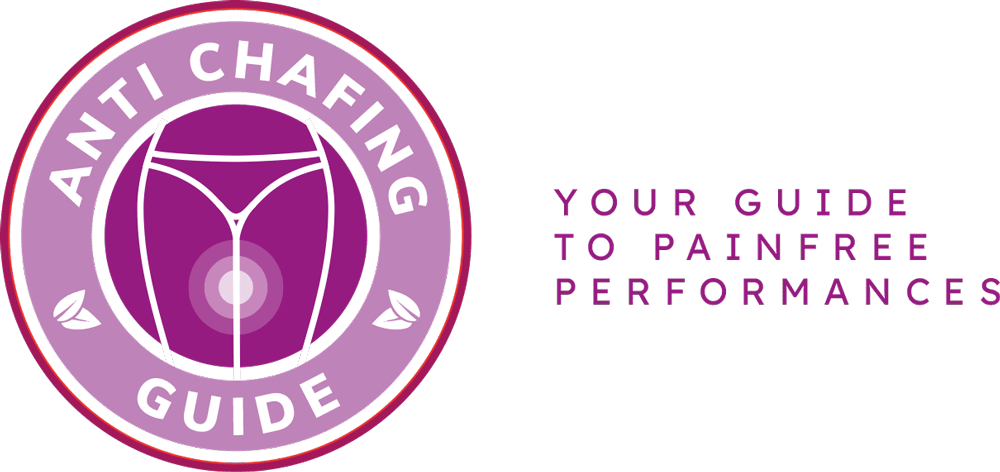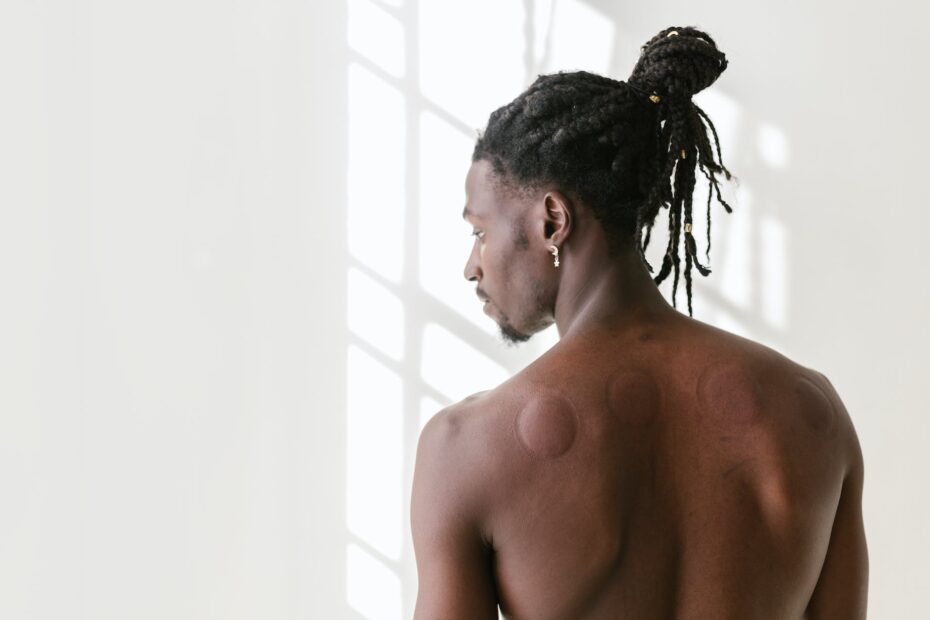Chafing marks can be a real nuisance, causing discomfort and irritation. But fear not, because dermatologists have some tried and true tips to help banish those chafing marks for good! With their expert advice, you can say goodbye to the pain and hello to smooth, chafe-free skin.
Moisturizing and hydrating your skin is key when it comes to preventing chafing marks. Keeping your skin well-moisturized helps to create a protective barrier and promotes healing if chafing has already occurred. So make sure to lather on that moisturizer and drink plenty of water to keep your skin hydrated from within.
In addition to moisturizing, choosing the right fabrics can make a world of difference. Opt for breathable and moisture-wicking fabrics that reduce friction and irritation on the skin. These fabrics help to keep you dry and comfortable, preventing chafing marks from forming in the first place.
Moisturize and Hydrate
One of the most effective ways to prevent chafing marks and promote healing if chafing has already occurred is to keep your skin moisturized and hydrated. Moisturizing your skin helps to create a protective barrier that reduces friction and irritation, preventing chafing marks from forming in the first place.
There are several moisturizing options available, such as creams, lotions, and ointments. Look for products that contain ingredients like aloe vera, shea butter, or petroleum jelly, as these can help soothe and nourish the skin. Apply moisturizer to the areas prone to chafing, such as the thighs, underarms, or groin, regularly throughout the day.
In addition to moisturizing, it’s crucial to keep your skin hydrated by drinking plenty of water. Hydration helps to maintain the skin’s elasticity and suppleness, reducing the risk of chafing. Aim to drink at least eight glasses of water a day to keep your skin hydrated from within.
Remember, prevention is key when it comes to chafing marks. By moisturizing and hydrating your skin, you can banish chafing marks for good and enjoy smooth, irritation-free skin.
Choose the Right Fabrics
When it comes to preventing chafing marks, one of the most important factors to consider is the choice of fabrics. Opting for breathable and moisture-wicking materials can significantly reduce friction and irritation on the skin, ultimately preventing chafing marks from appearing.
So, what exactly are breathable and moisture-wicking fabrics? These are textiles specifically designed to allow air circulation and draw moisture away from the body. Such fabrics help to keep the skin dry and cool, minimizing the chances of chafing. Some popular options include cotton, bamboo, and synthetic materials like polyester and nylon.
In addition to choosing the right fabrics, it’s also essential to pay attention to the fit of your clothing. Wearing loose-fitting garments can help reduce friction and rubbing, further preventing chafing marks. Consider opting for seamless or flat-seamed clothing to minimize potential irritation points.
By taking these simple steps and making informed fabric choices, you can bid farewell to chafing marks and enjoy a more comfortable experience. Remember, prevention is key, and investing in the right fabrics can make all the difference!
Moisturize and Hydrate
One of the most effective ways to banish chafing marks and prevent them from reoccurring is by keeping your skin moisturized and hydrated. Dry and dehydrated skin is more prone to friction and irritation, which can lead to chafing. By moisturizing your skin regularly, you create a protective barrier that reduces friction and promotes healing if chafing has already occurred. Look for moisturizers that are specifically formulated for sensitive or chafed skin, as they often contain ingredients that soothe and nourish the skin.
Additionally, make sure to drink plenty of water throughout the day to keep your skin hydrated from the inside out. Proper hydration not only helps maintain the skin’s elasticity but also improves its overall health and resilience. Remember, well-hydrated skin is less likely to experience chafing, so make it a habit to moisturize and hydrate daily.
Frequently Asked Questions
- Q: How can I prevent chafing marks?
A: To prevent chafing marks, it is important to keep your skin moisturized and hydrated. This helps to reduce friction and irritation. Additionally, choosing the right fabrics, such as breathable and moisture-wicking materials, can also help prevent chafing.
- Q: What can I do if I already have chafing marks?
A: If you already have chafing marks, moisturizing the affected area can help promote healing. Applying a soothing ointment or cream can also provide relief and reduce inflammation. It is important to avoid further irritation by wearing loose-fitting clothing and avoiding activities that may worsen the chafing.
- Q: Are there any home remedies for chafing marks?
A: Yes, there are some home remedies that can help alleviate chafing marks. Applying aloe vera gel, coconut oil, or a mixture of petroleum jelly and tea tree oil to the affected area can provide relief and promote healing. However, if the chafing marks persist or worsen, it is advisable to consult a dermatologist.
- Q: Can chafing marks be a sign of an underlying skin condition?
A: Chafing marks are generally caused by friction and irritation on the skin. However, in some cases, they can be a symptom of an underlying skin condition, such as eczema or a fungal infection. If you are experiencing persistent or recurrent chafing marks, it is recommended to seek medical advice for proper diagnosis and treatment.
- Q: How can I prevent chafing marks during physical activities?
A: To prevent chafing marks during physical activities, it is important to wear appropriate clothing that fits well and is made of moisture-wicking fabrics. Applying a thin layer of petroleum jelly or an anti-chafing balm to areas prone to friction can also help reduce the risk of chafing. Taking regular breaks and staying hydrated can further prevent excessive sweating, which can contribute to chafing.


Keith is originally from Truckton, Colorado. The 54-year-old cared for his overweight wife for many years. Keitch is also a freelance editor at antichafing.net and supports the team as a competent advisor. In his spare time Keith enjoys reading books, visiting his homeland and is a passionate product tester for well-known manufacturers.

